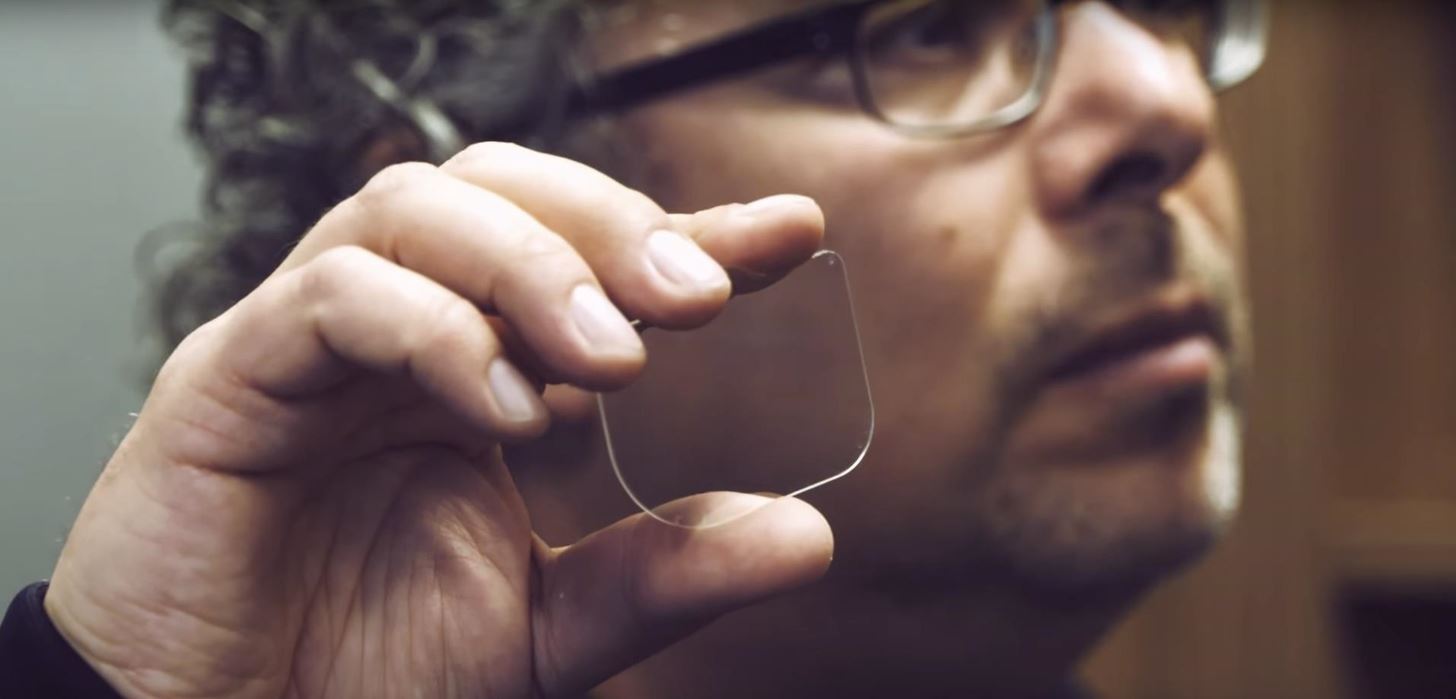Magic leap is a startup company which is working to upend the way we work, communicate and plays. It was created by Rony Abovitz in 2010. The company is operating in a stealth mode, without giving any information to the outside world. Magic leap is invested by many multi-national companies like Google. It is working on a head-mounted virtual retinal display which superimposes 3D computer-generated imagery over real-world objects, by projecting a digital light field into the user's eye, involving technologies potentially suited to applications in augmented reality and computer vision. It is attempting to construct a light-field chip using silicon photonics. They are working on a concept called Mixed reality (MR) which is the combination of Virtual and Augmented reality. They have created a digital light field signal which can mimic the visual part of the world. The companies are in Silicon Vally, New York and in Florida.

Magic Leap aims in making computing in space completely natural. The heart of the technology is a photonic chip( it is not a lens ). But Magic Leap didn't reveal what the final googles would look like and even if they are googles. The chip is a three-dimensional component that has very small structures in it. It manages the flow of photons that ultimately creates a digital signal. Sam Miller the director of Engineering said the experience was like dreaming with your eyes open. On October 10, 2015, Magic Leap released actual footage of their product. While still not showing any hardware, the footage claims that it was filmed through a Magic Leap technology without the use of special effects or compositing. The video suggests that virtual 3D objects can be occluded by real objects, which may be predefined geometry in the scene but lead to the speculation of 3D spatial mapping being used. It also shows virtual light reflecting from a real table, which seems to be not correctly placed in space and therefore may suggest that the reflections are part of the virtual scene without interacting with the real world (as simple faked shadows in early video games). The video showcases only quite bright objects superimposed over dark areas of the real world. This suggests that the hardware can only add new light without blocking incoming light from the real world. This would allow rendering only fully transparent objects which emit or reflect light and may not allow virtual objects to occlude real objects. This would work well for bright virtual objects in front of dark real backgrounds as in the video, but not work for darker virtual objects in front of brighter real backgrounds.

Mixed Reality is a way of tricking the brain digital light signals made in Magic Leap goggles are real as the world around us. Magic Leap is not the only company creating mixed-reality technology, but right now the quality of its virtual visions exceeds all others. Because of this lead, money is pouring into this Florida office park. Google was one of the first to invest. Andreessen Horowitz, Kleiner Perkins, and others followed. In the past year, executives from most major media and tech companies have made the pilgrimage to Magic Leap’s office park to experience for themselves its futuristic synthetic reality. At the beginning of this year, the company completed what may be the largest financing in history, about $793.5 million. To date, investors have funneled $1.4 billion into it. Even until today, Magic Leap has not released a beta version of their work. This created curiosity in people's mind. On March 19, 2015, Magic Leap released a demo video titled "Just another day in the office at Magic Leap". The video includes augmented reality gaming and productivity applications but it was unclear if the video was actual footage using their technology or a simulated experience. Microsoft Hololens and Avegand's headphones had made progress in this technology and their products have come on the market. Magic Leap said that they are waiting until it is perfect. Magic Leap has filed for more than 150 patents with the US Patent and Trademark Office, it has not yet published a prototype. We just have to wait and see how Magic Leap is going to change the face of technology.

0 Comments